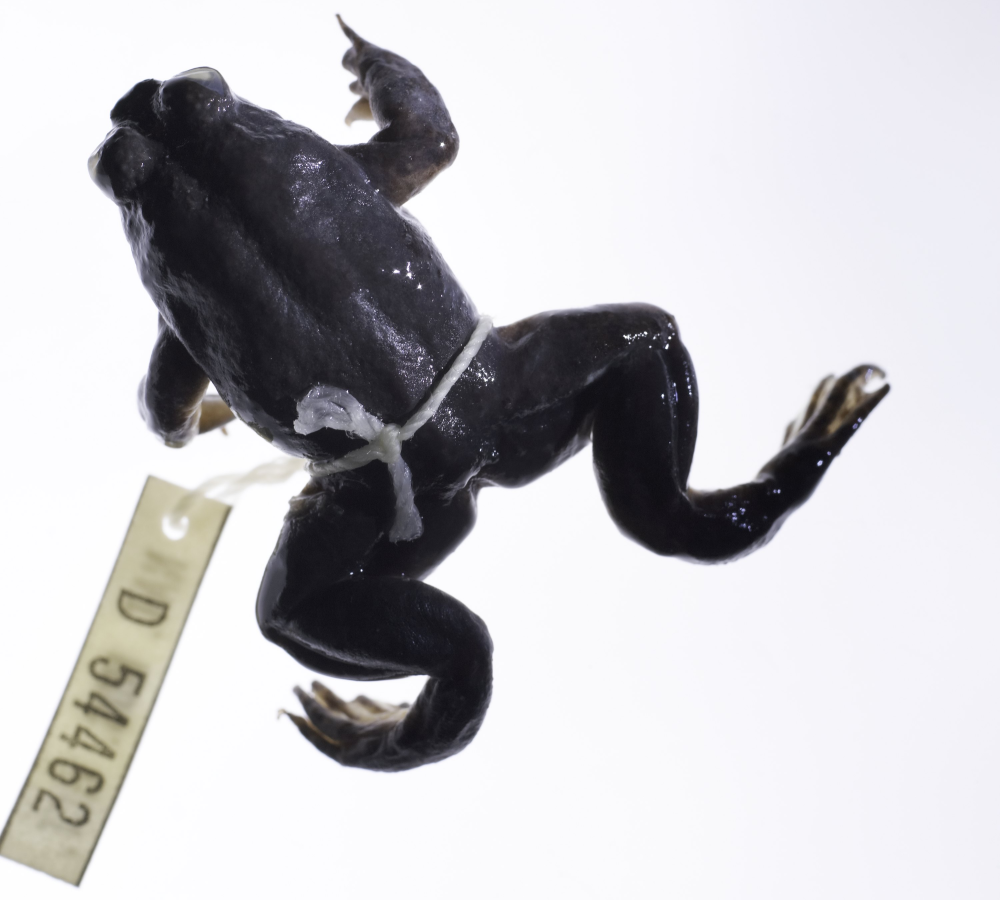It’s fair to say that growing new life is rarely easy. For humans, it involves a lengthy stay in the womb before being squeezed out through the vagina – an amazing, but painful feat. Some other species have rejected the genitals as a means of delivery, however. Just take a look at gastric-brooding frogs.
How do gastric-brooding frogs give birth?
Gastric-brooding frogs incubate their eggs in their stomachs, as the name suggests. Doing so involves neutralizing the acid that usually sits in there to help digest their food, and ends with fully-formed froglets hopping out of the mother’s mouth. That’s right, she voms them into existence.
“The gastric brooding frog swallows externally fertilized eggs into its stomach, which then operates as a uterus,” said “frog whisperer” Michael Mahony, Project Lazarus Leader and Emeritus Professor of Biology at the University of Newcastle, in a release. “No other living creature can do this. This unique ability could help the medical world work out how to manage gastric secretions in the gut.”
There were only ever two known species of frogs to give birth in this way: the southern (Rheobatrachus silus) and northern (R. vitellinus) gastric-brooding frogs, both native to Queensland, Australia.

Gastric-brooding frogs like this southern gastric breeding frog only very recently went extinct. Could we bring them back?
What happened to the gastric brooding frogs?
Scientists at the University of Newcastle were very interested in these curious amphibians. The southern species was only described in 1973, but it was extinct by the 1980s. The second, northern, species was discovered in 1984, but by 1986, they too had disappeared from the wild.
Both species had fallen victim to chytrid fungus, which has caused many new-to-science species discovered in Australia to go extinct within a few years of having first been discovered. For this reason, scientists started thinking long and hard about ways to bring them back. Aka, de-extinction.
“If it is clear that we have exterminated a species, we arguably have an obligation to bring it back,” said Mahony.
And so Project Lazarus was born – an ambitious initiative that hoped to use a frozen gastric brood carcass to resurrect the species. It required intact DNA to be transferred into a surrogate egg. Initial attempts appeared promising as cells began dividing, but before they were fully cooked, the embryos started dying. This continued until 2013, when Project Lazarus paused its de-extinction efforts.
Can we bring back the gastric brooding frogs?
So, is that the end for the gastric-brooding frog? Not necessarily. Resurrecting lost species is an emerging area of science, as some companies seek to craft a “de-extinction toolkit” that could help us restore species that are driven to extinction as a result of human activity.
Stories about the mammoth and dire wolf may be the ones you see in the media, but there are numerous approaches that hope the technologies innovated could prevent future extinctions and keep more species off the de-extinction candidate list.
Is it really possible? Well, as luck would have it, we’ve an entire podcast episode on the topic that you can find here, featuring interviews with Colossal Bioscience’s Ben Lamb, Beth Shapiro, and Matt James, as well as author and historian Sadiah Qureshi, who wrote Vanished: An Unnatural History Of Extinction.
There are many questions that need answering to better understand the emerging technologies’ potential, but there is one question we can answer very easily: Would I like to see a living frog that can vomit up its babies? Yes, yes I would.
Source Link: These Are The Only Animals Known To Incubate Eggs In Their Stomachs And Give “Birth” Out Their Mouths